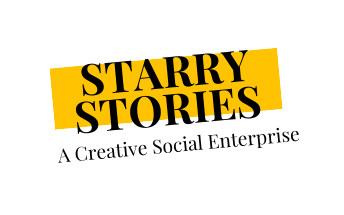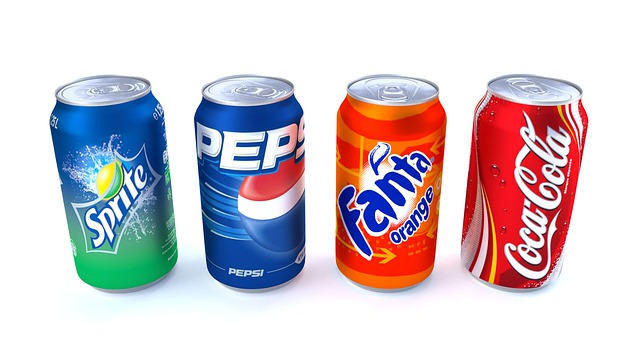Consumers can lie. Even if they do not mean to do so, they may not express the entirety of the truth or they might have difficulty expressing their real thoughts. Fortunately, their brains do not lie, and that is exactly where neuromarketing comes into force!
Neuro and Marketing
If you split the word neuromarketing, you have ‘neuro’ which means something related to the brain and ‘marketing’ which includes all the techniques that you use to increase sales or promote your business. Traditional marketing techniques rely on market surveys, sales statistics, etc, to understand what the consumer wants and what changes they should make to make their products more appealing. Neuromarketing is a more targeted approach that uses the amazing power of neuroscience.
Pepsi Vs Coke
One of the pioneer studies in the field of consumer neuromarketing took a look at the impact of advertisements and branding on the brain. In that study, participants were served Coca-Cola and Pepsi in an fMRI machine, but it was not revealed to them what they were drinking.
It was seen that a region of their brain associated with pleasure was activated more when they drank Pepsi, indicating that they enjoyed the taste of Pepsi more. However, when the subjects were given the drinks with their labels, they reported that they liked Coco-cola more, a different region of their brain involved in emotions and memories was activated this time around.
The results were probably due to the branding work done by the Coca-cola company that left a lasting impression on people’s minds.
A look inside the neuroscience lab
Following studies in neuromarketing or consumer neuroscience dealt with deciphering the regions of the brains that gt activated in response to certain products or advertisements, along with other physiological changes in the body that occurred along with it.
To put it in very simple words, The framework of these studies involved showing a person either an image or a scene from a movie or clip and studying the response of the person looking at it. This was done using various types of equipment. Let us have a look at the various tools that are used in the neuroscience lab for such studies. (These labs look like they are straight out of a science fiction movie)

fMRI
One of the most expensive tools used to visualize the activity in the brain is functional Magnetic Resonance Imaging or fMRI. fMRI works by detecting changes in the level of oxygenated blood and the flow of blood in the brain. When a certain region of the brain is more active, it consumes more oxygen, hence to meet the increasing demand, there is an increase in blood flow, and these slight changes are picked up by the fMRI machine.
EEG
EEG or electroencephalogram also measures electrical signals in the brain, but it does so through electrodes placed on different regions of the scalp. A limitation of this method is that though it is able to pick up signals from regions of the brain that are closer to the surface of the skull, signals from structures in deeper sections of the brain get weak and mixed up.
EOG
EOG or electrooculogram, eye tracking devices take into account the movement of the eye. It can give information regarding which aspect of an image the person’s eye is focused on, or what aspect of the picture catches the eye of the person first. Some devices, also measure whether the person’s pupils are constricted or dilated, telling us about how engaged they are by a particular image or scene.
GSR
The ‘Lie detector test’ kit or GSR (Galvanic Skin Response) test, heart rate, and respiration are often shown on TV and movies as a machine that detects whether you are lying. It takes into account various physiological processes like sweating, rate of heartbeat, and rate of respiration to find out what kind of response the person is having.
Facial coding
One of the newest techniques used is that of facial coding, where the facial expressions of the person are studied in response to a certain image or scene, to find out what kind of emotional response is generated in the person.
These tools have elucidated numerous facts about how the brains of consumers work, and the knowledge gained has been applied to marketing.
Applications of neuromarketing
Advertisements
You must have seen the advertisements on tv that sell baby products. The adorable and cute faces of the baby are used to sell the baby product. Neuromarketing studies have in fact found out that the consumer is more likely to pay attention to the product that is being sold if the baby’s eyes are on the product. Now that you just had a look at the various kinds of tools used, can you guess what kind of neuroscience tool would have been used for this?
Texture and arrangements
Another study showed that chip packets with a shiny coat were not as attractive as those with a matte finish on them. You may have seen some newer brands of chips adopting this matte finish in their packaging. The arrangement of food or other articles on shelves in the supermarket can also be changed to ensure maximum sales, and If too many different kinds of products or the same product from different brands are placed next to each other, it thoroughly confuses the consumer and he has to spend much longer making a decision
Colours
It has been shown that red, orange, yellow, and other warm colours work well to increase your appetite, and hence are extensively used in packaging. You might have noticed that these colours are extensively used on chip packets, instant noodle packets, and fast-food restaurants. Colours like blue instill a feeling of reassurance. That’s why the colour blue is used by people who want you to trust them. It is worn by salesmen, it is used in PowerPoint presentations as the background.
Neuromarketing has various other applications. Multinational companies have started investing a large sum of money in neuromarketing. As we dig deeper into the brain, more and more interesting things are revealed about it.
Further reading
https://www.scientificamerican.com/article/neuromarketing-brain/
https://www.neuroscience.org.uk/pepsi-vs-coke-a-neuromarketing-study/
https://hbr.org/2019/01/neuromarketing-what-you-need-to-know
https://www.neurosciencemarketing.com/blog/articles/what-is-neuromarketing.htm
Read more Articles from Life Sciences
1. Read about the Start Your Own Fruit Fly Culture at Home
2. Read about the Did You Just Spot a Cheetah a Leopard and a Jaguar
3. Read about the The Secret Lives of Tardigrades
4. Read about the Chlorophyll and Haemoglobin – An Unlikely Connection
5. Read about the What is the True Colour of the Coronavirus?
6. Read about the 7 Fascinating Facts About Fruit Flies
About Author
Saunri Dhodi Lobo is pursuing M.Sc in Life Sciences with specialization in Neurobiology. Her interests include writing poetry, going for nature walks and swimming. Currently she is involved in research on Alzheimer’s Disease in fruit flies.
Read all Articles by Saunri Dhodi Lobo
Photos, Vector Graphics & Illustrations Credits
By ZEISS Microscopy from Germany – ZEISS at Neuroscience 2016, CC BY 2.0, https://commons.wikimedia.org/w/index.php?curid=54624907

